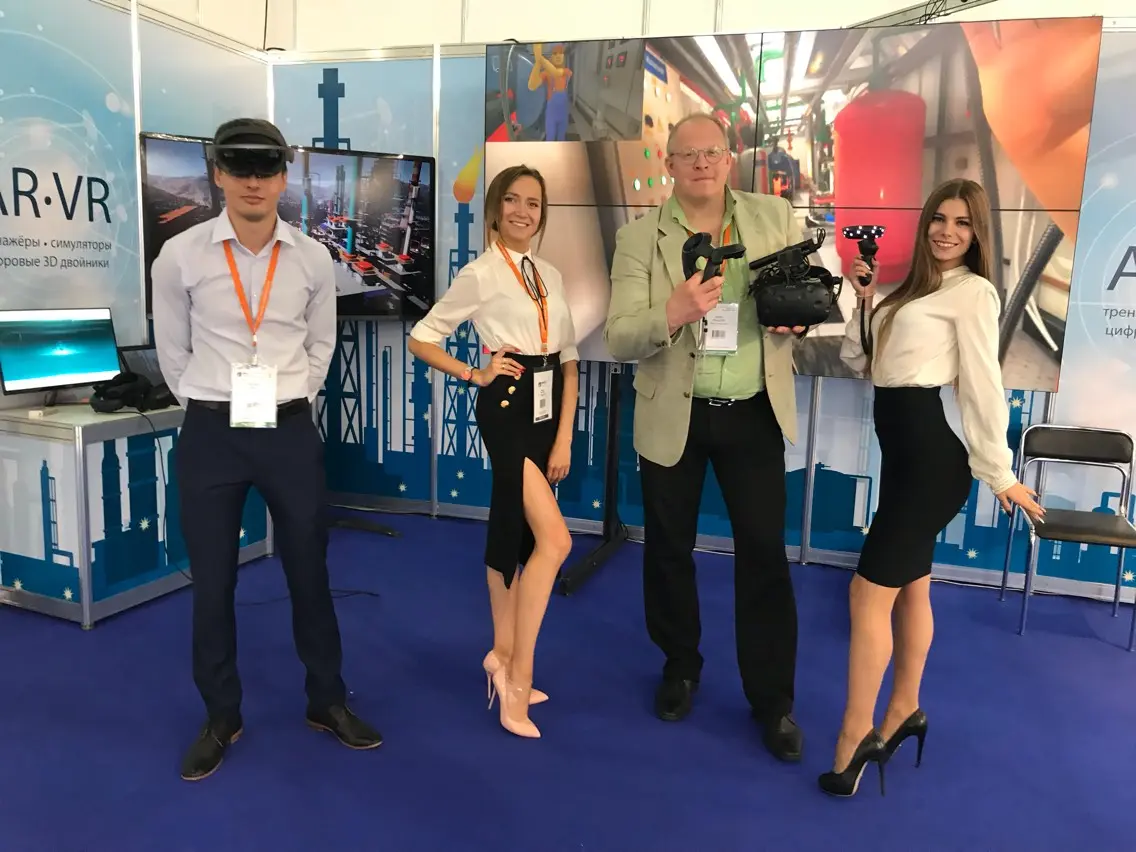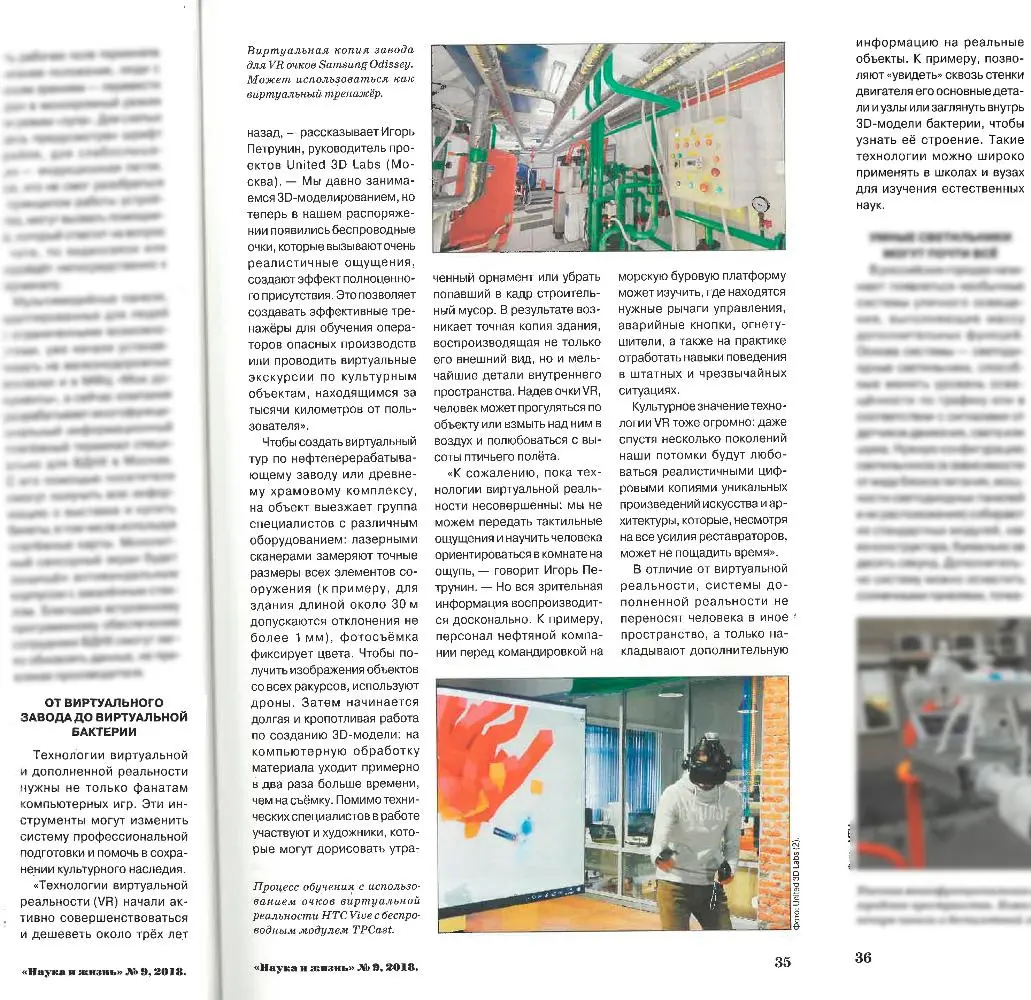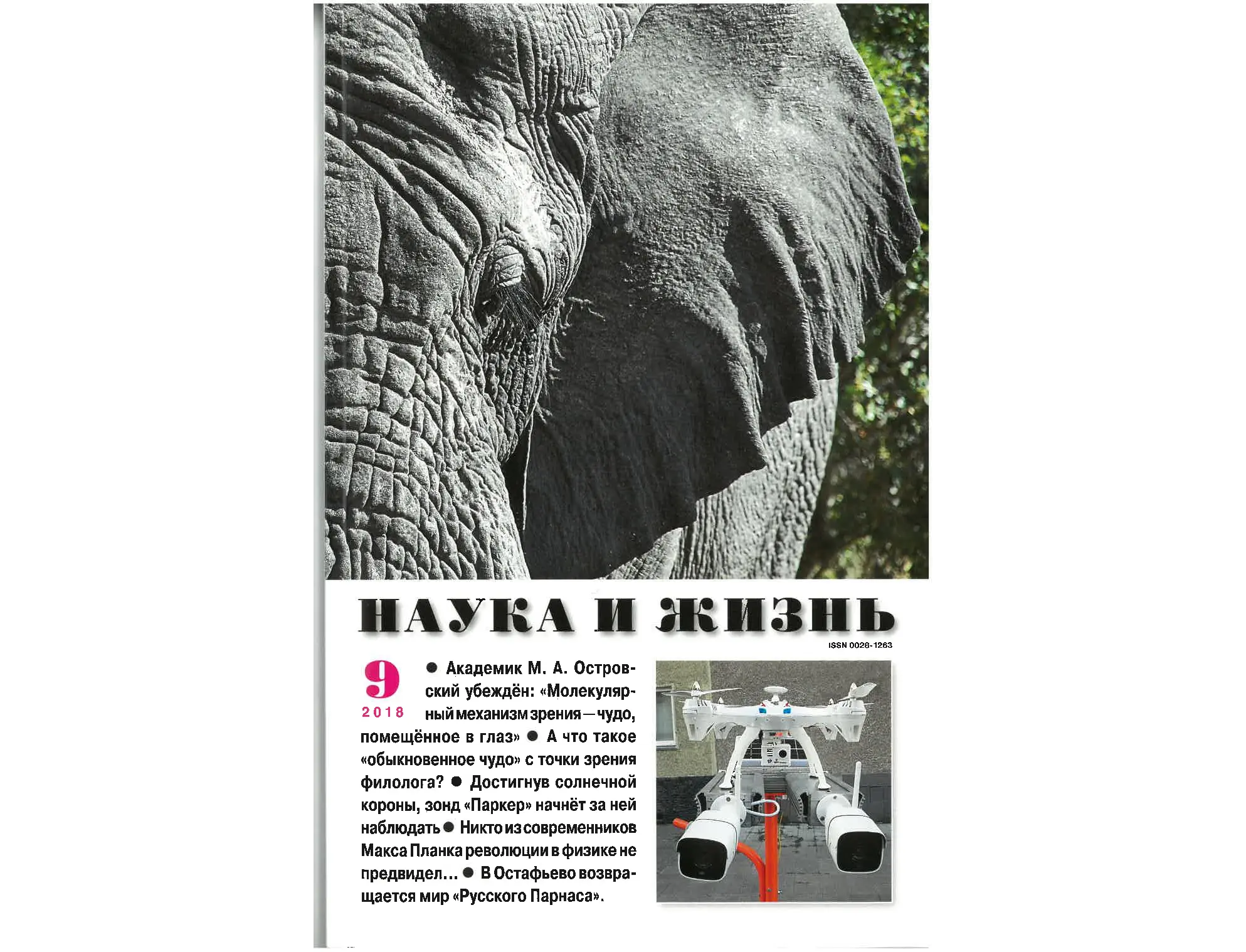From virtual factory to virtual bacteria
This year the annual exhibition “INNOPROM”, held in Yekaterinburg, was focus on digital production. The event was attended by about 46 thousand guests from 107 countries. There also were more than 600 companies from 20 countries presenting digital technologies for industry and power economy. However, there were some developments fit for everyday life.
FROM VIRTUAL FACTORY TO VIRTUAL BACTERIA
Virtual and augmented reality technologies are needed not only for fans of computer games. These tools can change the training system and help to preserve cultural heritage.
"Virtual reality (VR) technologies started to drastically improve and become cheaper about three years ago," says Igor Petrunin, project Manager at United 3D Labs (Moscow). — “We have been engaged in 3D-modeling for a long time, but now we have wireless headsets that provide viewers with very realistic sensations, create the effect of a full immersion. This allows you to create effective simulators for training operators of hazardous production facilities or conduct virtual tours of cultural sites located thousands of kilometers away from the user."
To create a virtual tour of an oil refinery or an ancient temple complex, a group of specialists with various equipment goes to the site: laser scanners determine the exact dimensions of all elements of the structure (for example, for a 30 m long building, the allowed inaccuracy of measurements is not more than 1 mm), photography records the colors and textures. To get images of objects from every angle, we use drones. The next step is creating 3D-model: the computer processing of the material takes about twice as long as the shooting. In addition to technical specialists, artists are involved in the work: they can help to recreate a lost piece of ornament or remove some extra elements from the shot. As a result, there is an exact copy of the building, reproducing not only its appearance, but also the smallest details of the interior space. Now putting a VR headset on any person can walk around the space or fly up and enjoy a bird's-eye view.
"Unfortunately, virtual reality technologies are not perfect yet: we cannot convey tactile sensations and teach a person to navigate the room by touch," says Igor Petrunin. – “But all visual information is reproduced thoroughly. For example, staff of an oil company can learn the position of necessary control levers, emergency buttons, fire extinguishers as well as practice the behavior skills in normal and emergency situations before a trip to the offshore drilling platform.
The cultural significance of VR technology is also huge: even after a few generations, our descendants will admire realistic digital copies of unique works of art and architecture”.
Unlike virtual reality, augmented reality solutions do not fully immerse a person into virtual space, but only overlay additional information on real-life objects. For example, they enable you to "see" what’s inside an engine, its main parts and components or look at the 3D-model of the bacterium to find out its structure. Such technologies can be widely used in schools and universities for the study of natural sciences.


